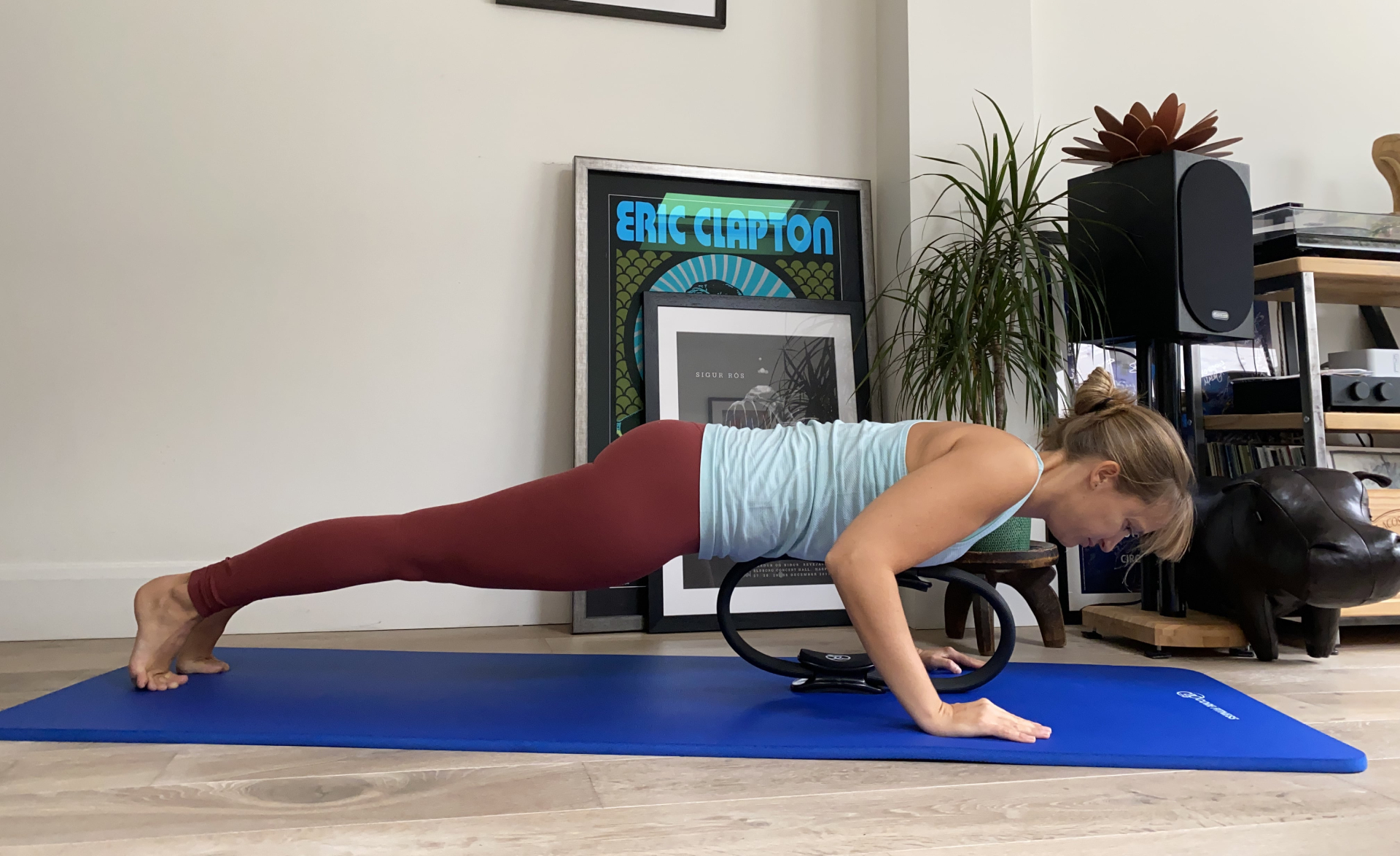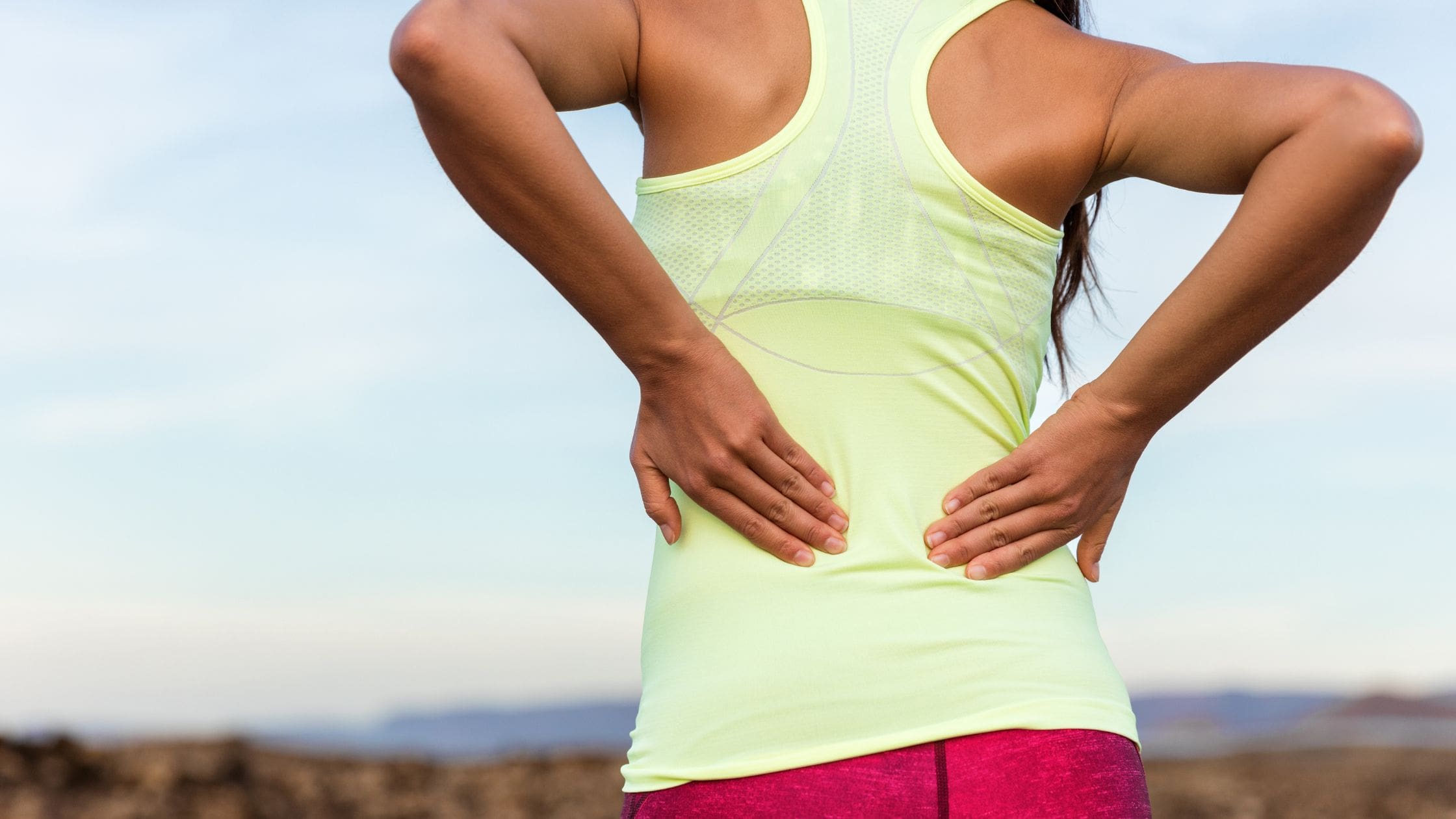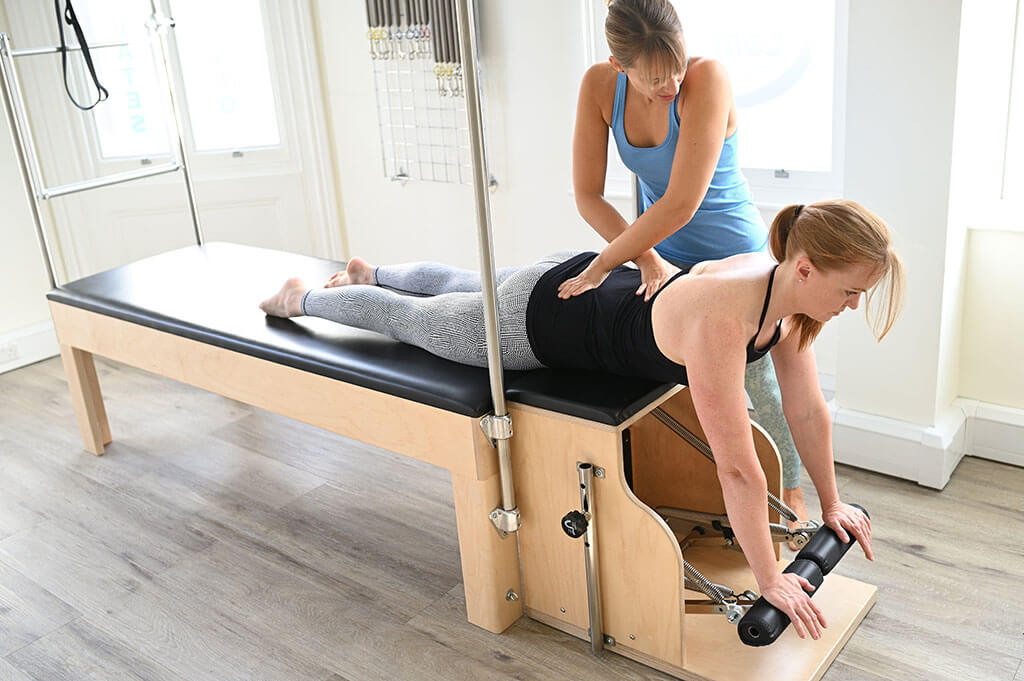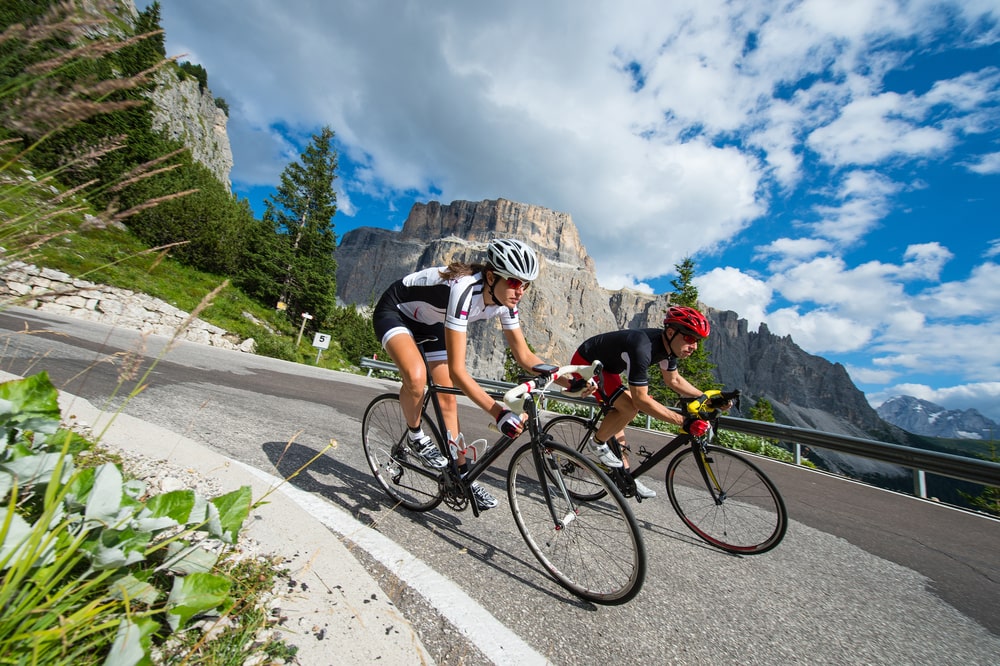The magic circle is a small but effective prop which is part of the Pilates equipment arsenal.
We swear by all equipment at Complete Pilates, and our studio classes, and one-one sessions revolve around the barrel, trapeze table, reformer , and chair.
Having said that, we also love to use small props, including the Magic circle Pilates ring, or magic circle, stability ball and therabands to name a few.
As well as adding variety to machine-based exercises, these small props also provide tactile feedback to the person performing the exercise. Props are also a useful addition to Pilates classes or 1-1 sessions because – like the equipment – these cleverly designed pieces of kit can either assist or challenge movement.
In comparison to the machines, the Pilates ring is lightweight and very inexpensive. On top of that, they’re also a great way for people to replicate equipment exercises at home, like the reformer exercise “reverse abs” on the stability ball.
This means that anyone who can get their hands on a Pilates ring or a foam roller, can benefit from Pilates equipment-style workouts at home.
We know that the small props aren’t familiar to everyone, however. So, for those of you yet to experience the joys of using them, we are going to delve into the world of the Pilates ring and explain why it is a great piece of kit to have, as well as show you some great Pilates ring exercises you can do at home!
Quick Summary
- Designed by Joseph Pilates, the magic circle is a flexible, circular resistance prop with cushioned pads. It provides gentle to moderate resistance, assisting or challenging exercises, and is lightweight and inexpensive compared to other Pilates equipment.
- The magic circle enhances exercises by offering resistance and support, making it suitable for home workouts. It helps activate muscles with gentle tension but can be squeezed harder for more challenge. It is ideal for various exercises, providing both assistance and resistance.
- Examples of exercises using the magic circle include:
- Dead bugs: Enhances abdominal challenge.
- Hip extension and fire hydrants: Strengthens glutes and hamstrings.
- Press ups: Assists upper body and trunk strength.
- Side lying hip series: Targets hip stability and control.
- Side lying to teaser: Advanced challenge for core stability and strength.
- Complete Pilates classes incorporate various equipment like the barrel, trapeze table, reformer, and chair. Small props, including the magic circle, stability ball, and therabands, are also used to add variety and tactile feedback to exercises.
What is the Magic Circle or Pilates Ring?
The magic circle in Pilates is a circular resistance prop that is popular in both mat and reformer classes. You may have come across a Magic circle Pilates ring if you’re a regular Pilates class attendee. You may not know it by its official Pilates name the “magic circle”, however, because it is also called a fitness circle, exercise ring, and a Pilates ring.
Like the rest of the Pilates equipment, this prop was designed by the inventor of Pilates, Joseph Pilates. Rumour has it that – like the Pilates barrel – the magic circle was first created out of an old beer keg.
Instead of an old beer keg, these days the Pilates magic circle is made of rubber with small pads on either side to cushion hands or ankles as they push against it.
Most circles are also padded in a way that supports hands or feet when they are inside the ring pressing outwards.
The magic circle is made from (relatively) flexible material and is designed to provide a variable amount of resistance depending on how hard it is being squeezed.
How is the magic circle used?
Magic circle Pilates provides gentle to moderate resistance in an exercise – it’s not designed to be squeezed to death!
Instead, this prop is supposed to be mindfully integrated into the body to support or challenge you during exercises. This means it is usually used under gentle tension to active muscles.
Having said that, it can be squeezed hard to increase the resistance (and therefore the challenge) during certain exercises to build strength.
Pilates magic circle benefits
The magic circle provides gentle to moderate resistance in an exercise – it’s not designed to be squeezed to death!
Instead, this prop is supposed to be mindfully integrated into the body to support or challenge you during exercises. This means it is usually used under gentle tension to active muscles.
Having said that, it can be squeezed hard to increase the resistance (and therefore the challenge) during certain exercises to build strength.
5 Magic Circle Pilates Ring Exercises
Of course, a blog about the magic circle would not be complete without showing you some exercises you can do with the Pilates ring!
All of these exercises can be done at home and need little else other than the Pilates ring and a mat for comfort!
We have given you a mixture of assisted exercises as well as resisted. However, do not be fooled, none are easy when done well!
1. Dead bugs
This is a progression of the traditional dead bug Pilates exercise.
The Pilates ring is used here to keep space and so challenge your abdominals more.
Although this Pilates ring exercise is suitable for pretty much everyone, there are lots of little things you can change to make sure that this includes you!
Start by lying on your back with your head supported by a pillow if it feels like you are extending your neck backwards.
As you sigh out, lift one leg then the other to table top. Reach your hands towards the ceiling and place the padded parts of the magic circle between one knee and your elbow.
On your next exhale, slowly, reach one leg straight out and away from you. Make sure you get your knee all the way to straight. At the same time, reach the same side arm behind you. Then return both to the starting position.
If you feel this in your back, lift the leg higher so that your abdominals and hip flexors take the load rather than your back.
Repeat this 15x on each side.
Try to remember to move slowly out and quicker in.
With the modifications on how low your leg goes you can make this suitable for almost anyone. If you are struggling with it then regress to the normal dead bug video.
This Pilates ring exercise will help you strengthen your hip flexors and abdominals as stabilise you through your pelvis and trunk. Perfect for anyone who wants to be active!
2. Hip extension and fire hydrants
Using the circle, this traditional glute exercise has the benefit of working your hamstrings more as well.
Go onto all fours and place the magic circle between your upper thigh and ankle.
Keeping the weight in your legs, stand into your hands and push the floor away.
Start to send the knee behind you to open the front of the hip and press into the circle at the same time. Stop at the top of the movement when you feel your back start to arch.
Open your sit bones and release the knee towards the floor, making sure not to touch it.
Repeat 15 times. Keep checking on the leg which has stayed still to make sure that you are not drifting off to the side of the room.
On the 16th repetition, pause and start to take the knee out to the side of the room. Again, press into the circle and try to keep your pelvis level. The static leg should still be vertical!
Repeat this 15 times and then switch to the other leg.
This is a great Pilates ring exercise for everyone. If you are feeling stiff in your spine, do a few cat cows to warm it up first. This will also give you awareness into where your spine is in space. We do not have much hip extension so the aim of this is to make it specific to the hips and pelvis.
You can also modify this exercise so you are on your elbows if you are struggling with weight bearing.
We love this position as weight bearing through your arms is often avoided. However, it will help to strengthen your bones and upper body at the same time.
Because the magic circle is giving us resistance, it will also strengthen your hamstrings as well!
3. Press ups
Who struggles with a press up?!
We are heading back to an assistive exercise!
Stay on all fours and place the magic circle at your chest with your arms narrow under your shoulders.
Step one leg back and then the other coming into a plank position.
Press into your hands to try to lift up from the circle. Then reach your elbows back towards your feet and start to lower yourself down with control.
Take a short pause at the bottom and then drive yourself back up to your high plank.
Repeat this 8-12 times.
Again, this magic circle exercise is a great upper body weight bearing exercise. Because it is in a plank position you will be challenging your trunk as well as your upper body and back muscles!
If you cannot hold a plank, or have a shoulder injury, this exercise is not for you.
However, you can modify it so that you are on your knees as well. Remember the range of motion is up to you so you can modify it during the exercise.
Try to watch out for your back arching as you press up as well as this will put strain through your back.
4. Side lying hip series
This exercise could be argued to be both assistive and resistive!
Place the magic circle underneath the bottom foot so that the other pad is pointing up towards the ceiling.
Come onto your side with your bottom elbow resting on the floor. Your elbow should be slightly closer to you than you think.
Press down into the bottom arm to lift out of your shoulder.
You can keep your top arm in front of you on the ground or on your hips.
Keeping your hips square, take the top leg behind you to tap the floor, over the circle to tap in front and then to the centre to press into the circle.
Repeat this movement 12-15 times on each side.
This movement is suitable for pretty much anyone and is great for anyone who loves running, walking or playing sports! Keeping your hand on your hips also means that you have to control more into rotation, perfect if you are active!
However, if you have shoulder problems or an acute injury, please check with us first for changes to the position!
If you are looking for a challenge here it is!
Side lying to teaser is the optimal challenge, and we are going to make it harder with the magic circle!
Put your legs inside the circle and press out gently on the padded area.
Star on your side with your bottom arm in front of you and top arm over your head.
Take a big breath out and rotate yourself up into a teaser position, pressing out into the circle. You can end up in a bent knee or straight leg position. However, if your legs are straight remember that your shape should be a U not a V!
Control yourself all the way back into your side lying position before repeating the movement.
We are going to move quicker up and slower down.
Repeat 5-8 times on each side.
This exercise is only suitable if you have no recent or current injury. If you are unsure please do ask !
Things to consider when trying the magic circle at home
As we said at the start of the article, this is not a piece of kit which is designed to be squeezed to death! In all these exercises, the first thing to consider is whether it is acting as assistance or resistance. This will help you to work out how much pressure you put on it!
With anything we teach, form is key!
All these Pilates ring exercises have also come from easier versions so if you are unsure of any, why not look at our masterclass videos and build up to these!
These will give you tips and tricks which will help you with all your movements. Remember, if you do things well you will work just as hard by doing lots of repetitions!
Most importantly, understanding your movement means you do not need us! It allows you to put this knowledge into everything you do and stay injury free and health!
If you liked our magic circle exercises you can also check out more of our mini series!
Remember, if you are unsure just ask, or simply book in to see us online or in the studio!
Education is key:
These blogs are designed to give information to everyone, however, it is important to remember that everyone is different! If you have not seen one of our therapists and have any questions about injuries, what you have read or whether this may be useful to you, please just ask. We are more than happy to help anyone and point you in the right direction. Our biggest belief is that education is key. The more you understand about your injury, illness and movement, the more you are likely to improve.





